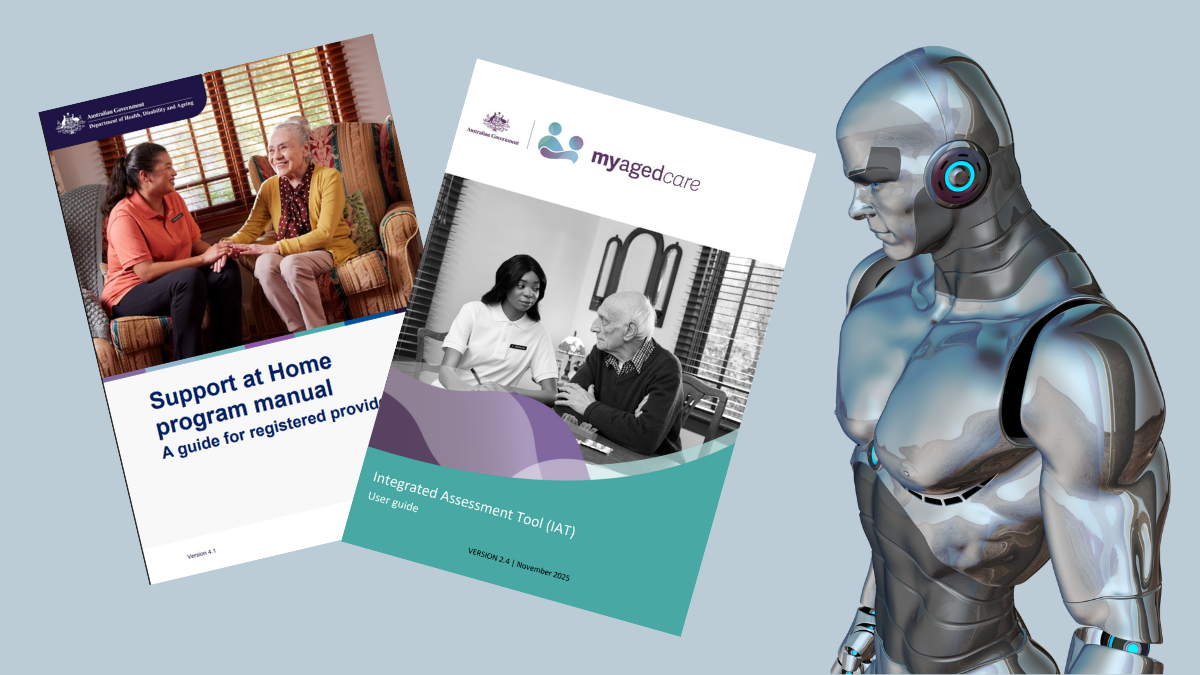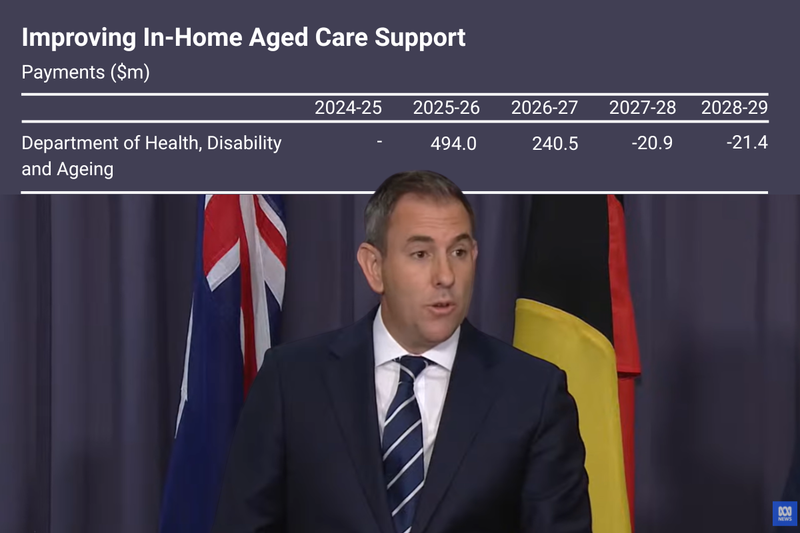Support at Home algorithm now calling the shots
Former assessor and See Me Aged Care Navigator founder Coral Wilkinson said she has spoken to four clinician assessors who are “dismayed and shocked” by the low classification levels being approved.

Since 1 November, the level of Support at Home funding an older person receives has been determined entirely by an algorithm – with no option for assessors to manually override the outcome.
The algorithm uses scores generated by the Integrated Assessment Tool (IAT) to assign a Support at Home level. These scores reflect functional independence, how well needs are being met, and any compounding factors that increase complexity. The criteria for each level are set out in Section 81-10 of the Aged Care Rules 2025.
Early distress signals
Less than a month into the new system, concerns are already emerging about the outcomes generated.
One case involved a woman in her late 70s with dementia, diabetes and anxiety whose Level 3 Home Care Package was no longer sufficient. After reassessment in early November, the system found she did not have an impairment and rejected her request for a higher level of support – a decision that caused “considerable distress”, said Adrian Morgan, General Manager of Queensland provider Flexicare.
Former assessor and See Me Aged Care Navigator founder Coral Wilkinson said she has spoken to four clinician assessors who are “dismayed and shocked” by the low classification levels being approved.
Manual overrides off the table
Under the My Aged Care Assessment Manual, delegates must ensure the assessor’s recommendation matches the algorithm’s “IAT outcome”. If not, they must override the assessor and adopt the system-generated result.
By contrast, assessors and delegates can override the algorithm when determining eligibility for short-term programs – such as the Restorative Care Program, Transition Care Programme and End of Life pathway – and for permanent or respite residential aged care.
The inability to override for Support at Home appears to have been a late policy change; earlier versions of the Manual still allowed it, including in May this year.
What’s the rationale?
While concerns about the algorithm’s decisions are growing, its introduction reflects the scale of the challenge. More than 116,000 older Australians are currently waiting for an aged care assessment. An automated process should, in theory, speed up decisions, improve consistency and reduce assessor-to-assessor variation.
And in many areas of life – from flying planes to fraud detection – we accept that algorithms can improve safety and efficiency. The question now is whether the Support at Home algorithm can do the same in a system where demand and complexity are rising.






